Land Your Dream Role This Year With a Functional CV
Learn how to write a functional CV that will get you your dream job. Download our template and get started today.
Learn how to write a functional CV that will get you your dream job. Download our template and get started today.
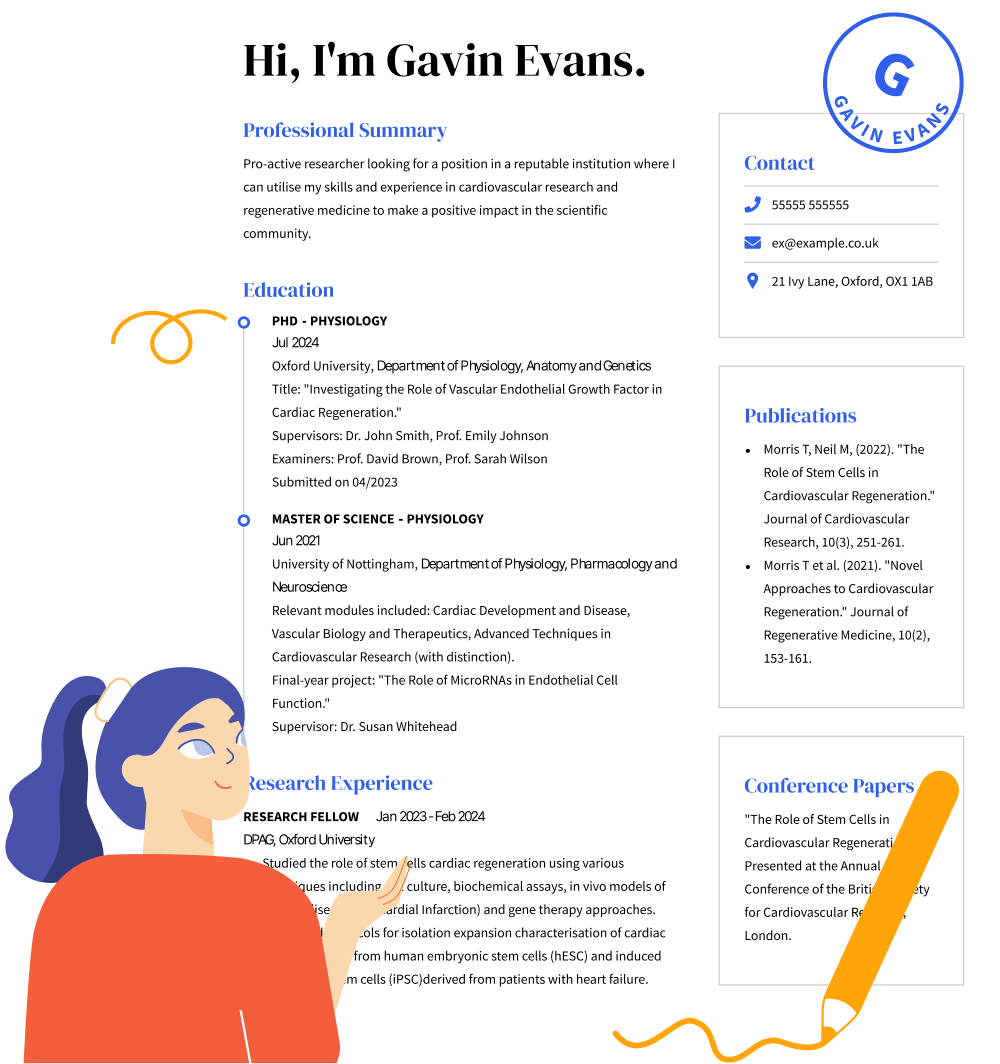
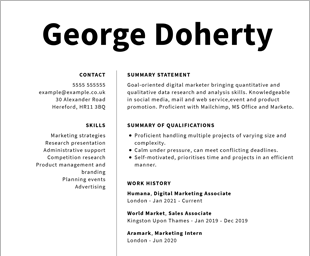
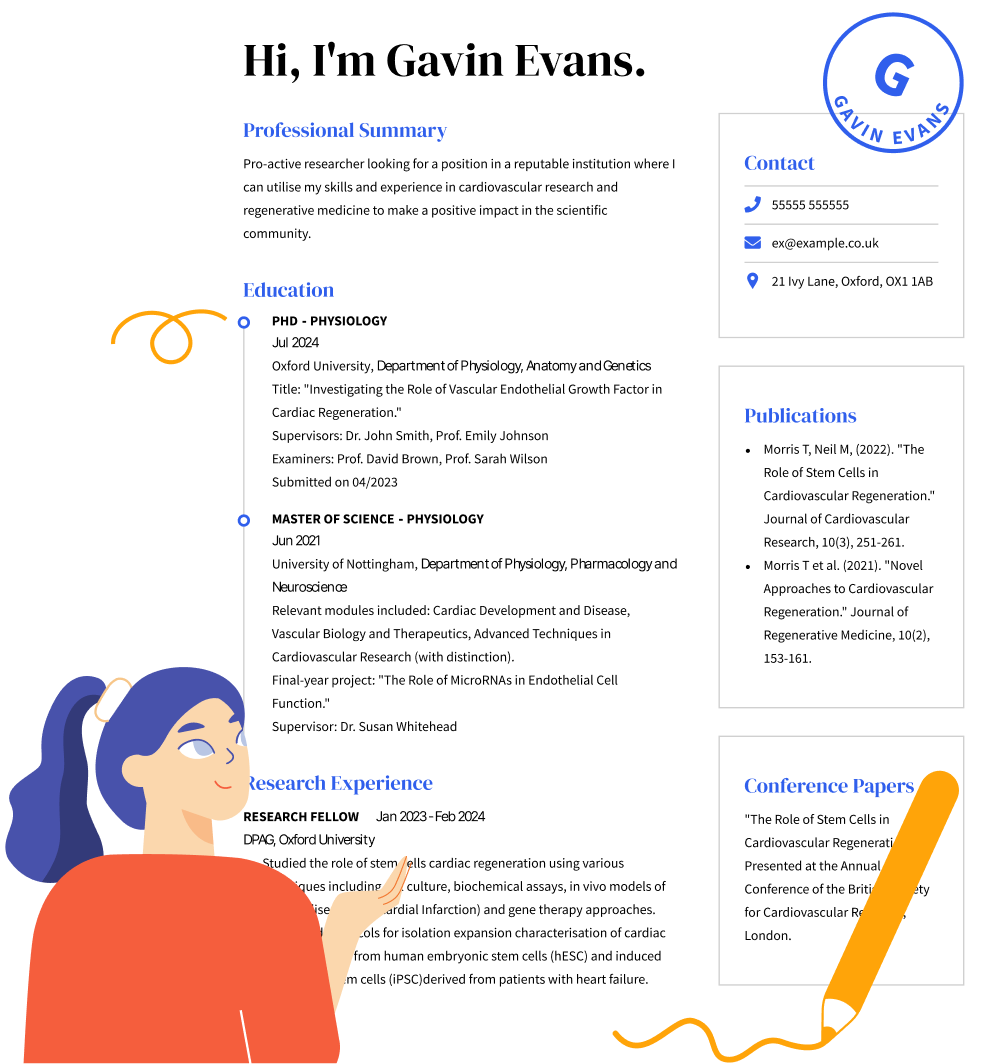
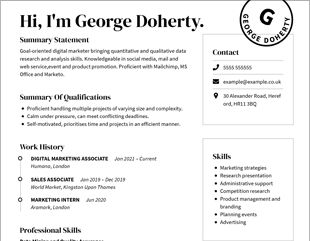
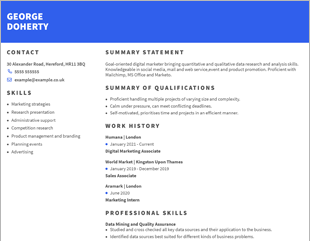
OUR USERS HAVE BEEN HIRED BY
A professional CV is a must-have when looking to take the next step in your career—whether it’s your first job, the next step up, or a switch to a new field. But there are various types of CVs, and which one you choose depends on your background and experience, as well as the kinds of jobs you’re applying to.
Here at CVHelp, we specialise in helping people create the perfect CV to find their next dream job with CV examples, templates, and our CV Builder. We do this by sharing our expertise and giving you the tools you need to knock it out of the park with your CV. In this blog post, we’ll look at the functional CV—what it is, when you should use one, and how to write it.
A functional CV, sometimes called a skills-based CV, focuses on your transferable skills and talents rather than your job history. The main bulk of a functional CV is made up of bullet points detailing your skills and abilities. These skills are often sub-categorized into specific areas, explaining how you obtained each skill and how they can be utilised in the role you’re applying for. You might reference your work history as part of this, but the focus is on the skills themselves. You can include a breakdown of your previous job roles, but this usually comes after the skills section and doesn’t go into as much detail as a chronological CV, which focuses on your professional experience and your previous job roles.
A functional CV is most appropriate when you feel that you’ll be able to make the best impression by focusing on your key skills over your previous work experience. Here are a few examples of when that might be the case:
If you’ve taken an extended break from working, for whatever reason, you’ll want to highlight your skills so that potential employers focus on those rather than on the fact that you took a break from work. It’s not about concealing that you’ve taken a break, but you don’t want your unique talents to be overshadowed by an untraditional working trajectory! This is where the functional CV works best.
As a recent graduate, you’re likely to have bags of enthusiasm, knowledge, and skills, but not necessarily the employment history to back it up
That’s fine because, with a functional CV, you can tell potential employers about all the relevant information you’ve learned during your studies or through extracurricular activities. For example, you might have acquired excellent leadership skills by running a university society or club. You can highlight these types of skills and activities on a skills-based CV.
If you’re taking your career in a new direction, you might worry that employers will look at your CV and think your experience isn’t relevant. Of course, many skills we acquire in the world of work are transferable to many different fields. A functional CV allows job seekers to highlight their transferrable skills and explain how they’d be relevant to their new job role.
Writing a functional CV sometimes requires a little more thought in advance than a traditional CV. We’ve laid out what you need to think about and how to get writing.
Tailor your functional CV to each job description to focus on including the skills they’re looking for. Sit down with the job description and pick out the particular soft skills and technical skills they’re looking for. Look for adjectives and other keywords. You could use a highlighter, make notes, copy and paste the description into a word processor, and format the words in bold to help you out.
Next, write down which of these skills you have, when and where you learned the skill, or an example of you using it in a real-life situation.
Now you have your list of relevant skills. You’re ready to start writing your functional CV. Start with your contact details at the top of the page, including your name, address, email, phone number, and LinkedIn profile.
If you’re new to the job market or industry, it can be good to add a CV objective stating your career goals and summarising your current situation. CVHelp has tips for writing a CV objective if you need help.
At the top, underneath the CV objective, if you’re using one, write a brief personal profile that mentions your key strengths and offers an insight into your personality and what you bring to the workplace.
Now, write out the skills you gathered earlier that are relevant to the job description. Use bullet points for readability and stick to one skill per bullet.
Split up your skills into different categories with sub-headings, such as “leadership” and “communication”. You also need to back up what you write with some context, including how and when you gained the skill. So instead of simply writing, “good leadership abilities,” you could write “adept at leading a team of 5+ employees to meet project deadlines.”
If you do have any professional experience you’d like to add to your CV, do so here underneath the skills section. Write the employer, role, and the time you worked there with your employment dates. Any limited experience is worth including as long as you can link it to the advertised role.
Finally, add a section with your educational qualifications, such as GSCEs, A levels, or degrees, as well as any professional certifications you have.
If you’d like more help writing your functional CV, then download our functional CV template. It’s a great way to help you stick with the correct layout and format and offers helpful prompts on what to write in each section.
We have a huge range of other helpful resources available to support you with your job applications, such as other styles of CV templates and writing guides for CVs and cover letters. Rely on us to help you land that dream job!
There are three common types of CV formats: the functional CV, the chronological CV, and the combination CV. The functional CV prioritises your skills section whereas the chronological CV emphasises your work history. The combination CV provides an even mix of skills and work experience.
You should always write a cover letter as part of any job application. It’s your chance to show the hiring manager that you have read the job requirements, as you should tailor your cover letter to the advertised role using keywords and key phrases from the posting. Over and above what’s in your CV, your cover letter can reflect your personality and explain why you’re the perfect fit.
It’s good to use a CV template to make use of tried and tested templates that share your information clearly and concisely. These are recognisable to recruiters, so they can immediately access all the information they need.
We personalize your experience.
We use cookies in our website to ensure we give you the best experience, get to know our users and deliver better marketing. For this purpose, we may share the information collected with third parties. By clicking “Allow cookies” you give us your consent to use all cookies. If you prefer to manage your cookies click on the “Manage cookies” link below.